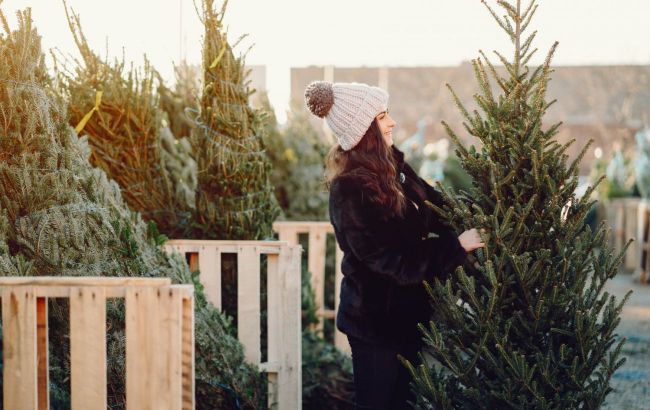Tips on how to choose a Christmas tree
 Illustrative photo (Freepik)
Illustrative photo (Freepik)
Preparations for the holiday season are in full swing, and many people want to choose a beautiful and safe Christmas tree and avoid potential dangers, according to the Public Health Center's website.
Factors to pay attention to when choosing an artificial tree
Certain synthetic materials on the tree can pose an immediate fire hazard, so it's essential to be mindful and avoid them. If the tree is made from low-quality materials, it may emit a chemical odor and release toxic substances, posing a risk for healt.
Artificial trees are typically made from polyvinyl chloride (PVC), which contains harmful lead compounds. When heated by lights, they release hydrogen chloride, a harmful substance similar to phosgene.
It is recommended to check for any paint residue on the skin after touching the tree and to pay attention to the stability of the base, preferably opting for a metal one.
Choose trees made from fire-resistant polyethylene or plastic and retain the purchase receipt for verification.
In case of doubts about the safety of the product, contact the seller and request the conclusion of the state sanitary-epidemiological expertise for the specific tree, confirming compliance with medical safety requirements.
Factors to pay attention to when choosing a live tree
When purchasing a live Christmas tree, it is crucial to inspect the trunk for any damage. A live tree should have a uniform green color without any yellowing. Yellow needles mean that the tree may shed before the holidays end.
Additionally, it is essential to check for ticks or signs of their presence on the tree.
When buying a live tree, ensure its legality and refrain from supporting illegal logging activities.
Experts recommend buying a live tree in a pot so that it can be planted out after the holidays. Certified trees have a special plastic label or tag with an individual number and barcode. Remember that trees obtained through illegal logging harm the country's ecology.

